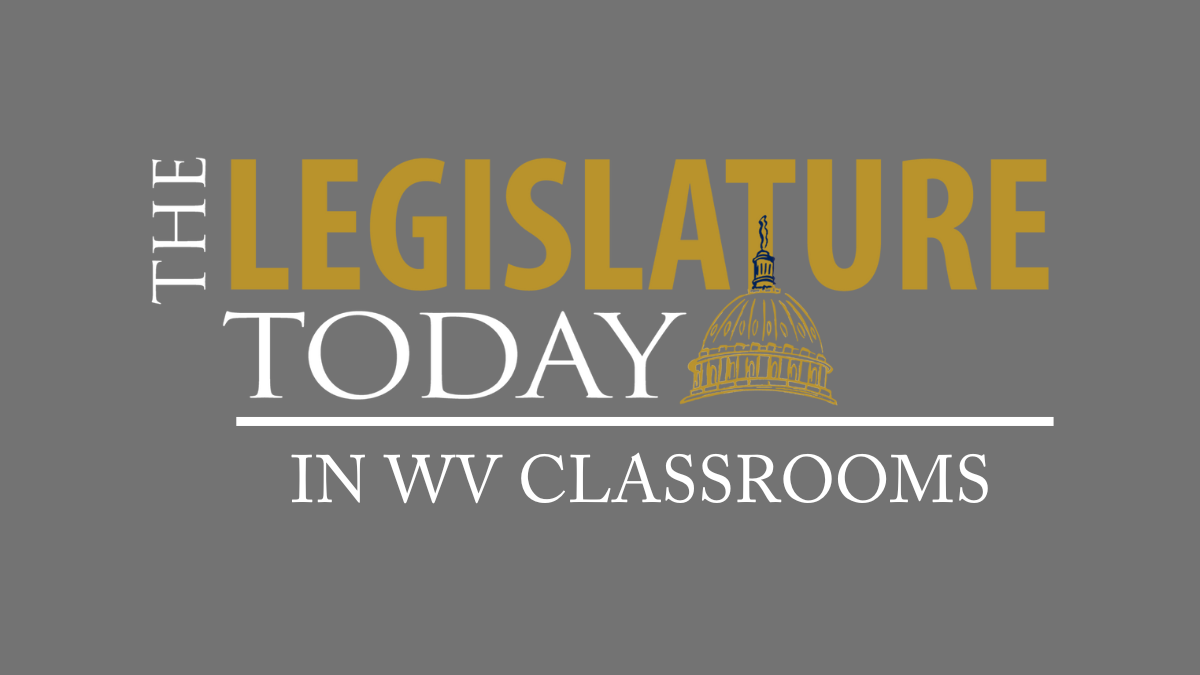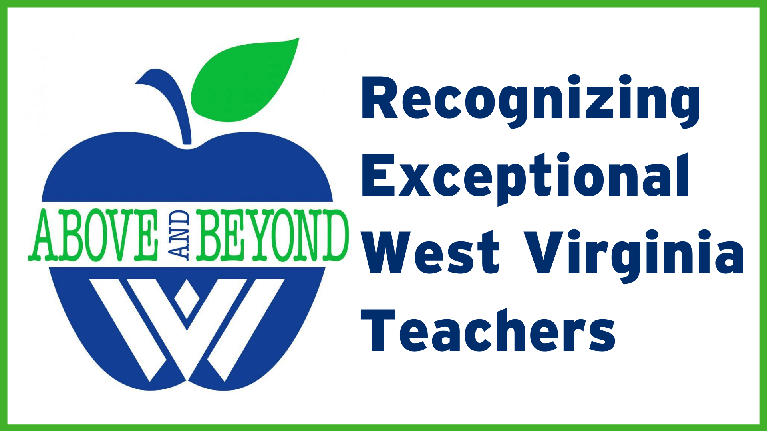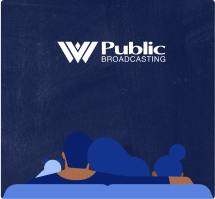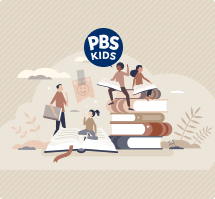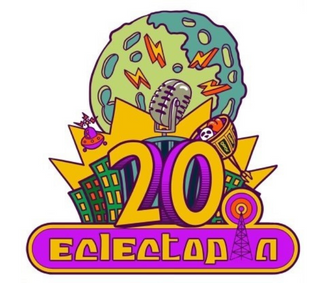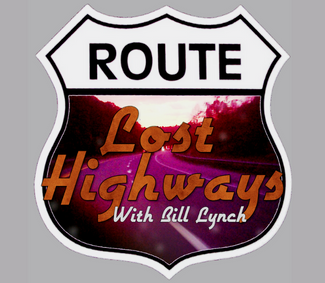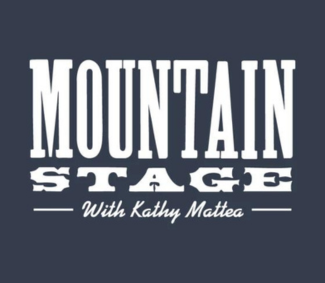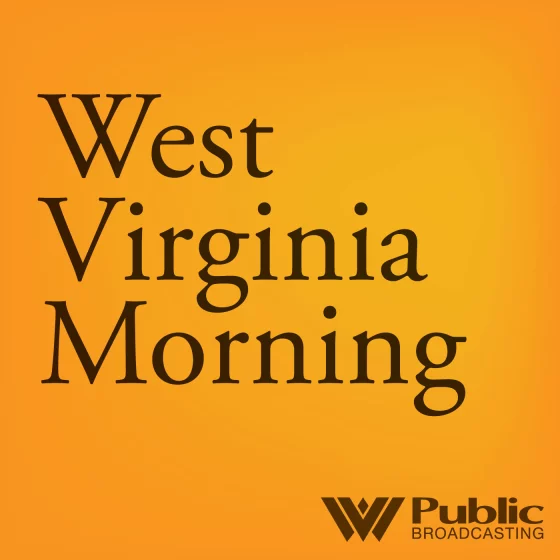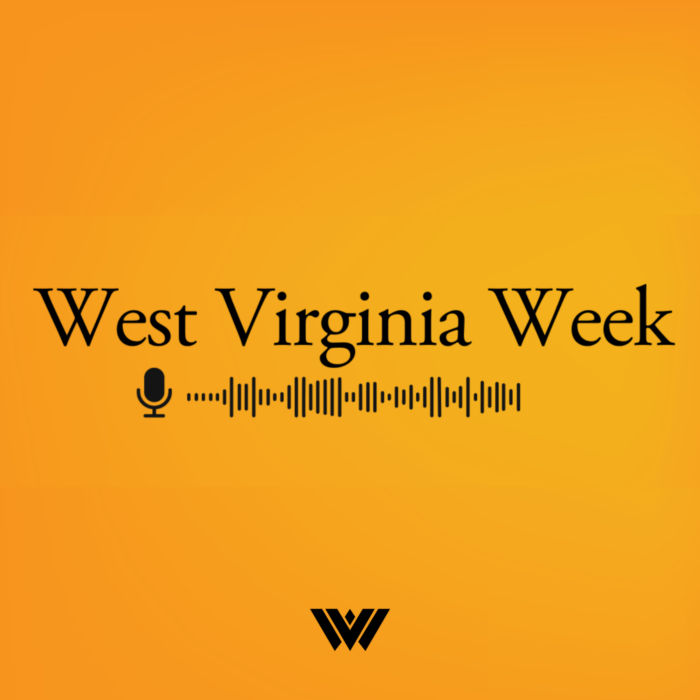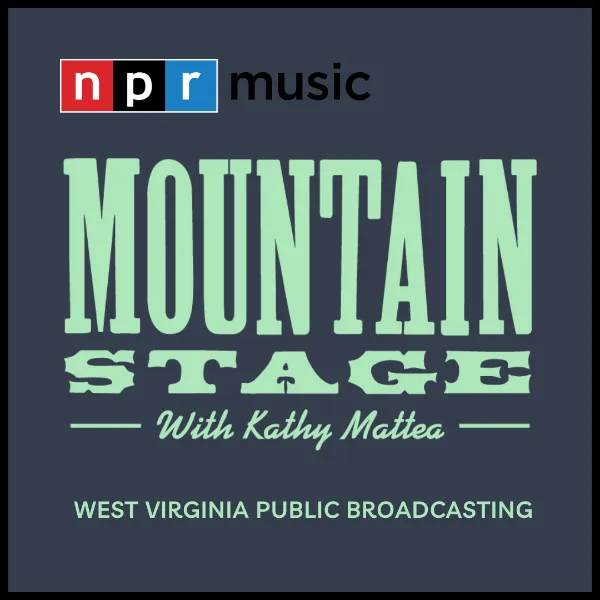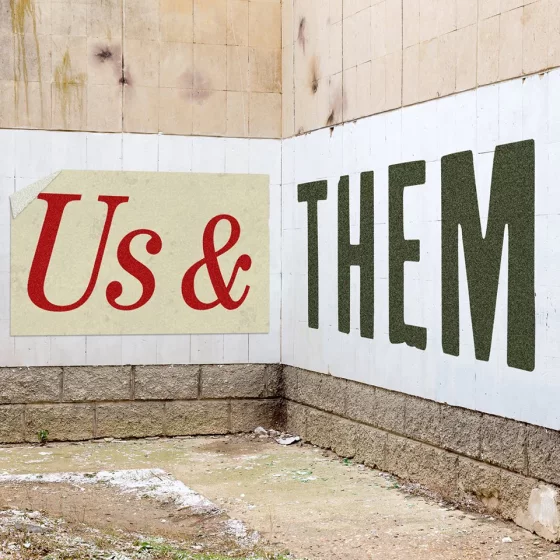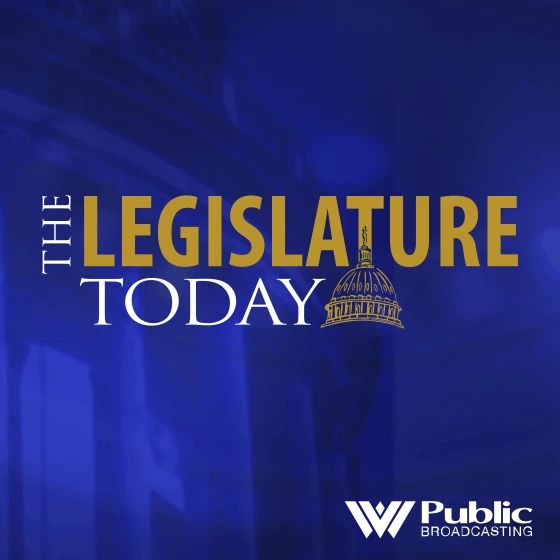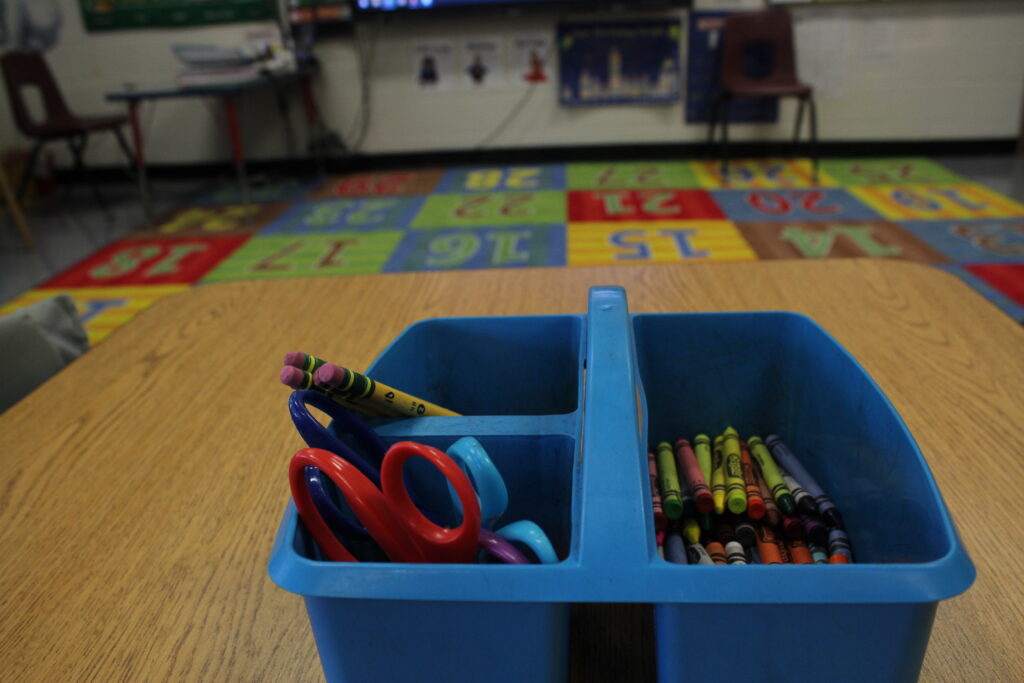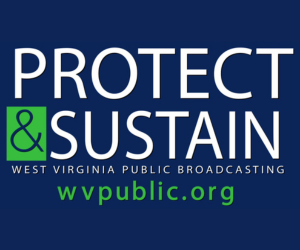Participation in the Hope Scholarship program is expected to double this fall.
Amy Willard, the assistant treasurer for the Hope Scholarship Program, presented a program update to a meeting of the Hope Scholarship Board of Directors on Thursday.
Willard reported that 10,805 Hope Scholarship applications were approved for the 2024-25 school year, with thousands more declined or deemed ineligible. That number is expected to nearly double next year.
“We are projecting that the participation in the program will be over a little over 19,000 participants for the 25-26 school year, based on the historical growth of the program over the past few years,” she said.
Willard also reported more than 60% of current scholarship recipients have at least started their applications to remain eligible for the program next year. As of Feb. 26, the Hope Scholarship has distributed close to $34 million for the current academic year.
Presentations to the legislature this year have indicated that Hope Scholarship costs could rise to as much as $100 million next year and $300 million by 2027 after current eligibility restrictions are lifted.
As is often the case, much of the meeting was spent discussing the consideration of qualified expense requests. The board rejected requests for approval to spend program funds on items such as paper shredders or ski rentals and lift passes. The board did create an exception for specialized seating for students with disabilities to be an allowable expense.
“We have received a very high volume of requests for such seating, but currently we have no mechanism to make an exception, since all furniture is currently disallowed under the program,” Willard said. “Requests are most commonly for our students with autism or ADHD who may need sensory or flexible type seating to help their child remain calm or focused. Most of the sensory seating requested to date has been below $100 in cost.”
It was recommended the board require medical documentation of a student’s disability if the cost for a chair was excessive.
“Depending on the severity of the student’s disability, if they needed a really high dollar specialized chair, some of those were thousands of dollars,” Willard said.
Thursday was also State Treasurer Larry Pack’s first meeting in his role as the chair of the board. He categorized himself as a strong advocate for educational freedom and said he was thrilled to vote for the program when serving in the state House of Delegates.
“I’m really excited to be able to oversee the program and work with you as we continue to try to roll out and grow this,” Pack said. “This program, it’s a really important part of our office, and we’re going to do everything we can to make sure that the parents have the resources they need to make the education choices they want for their children.”
Pack also announced he will be traveling the state to find out how the Hope Scholarship has helped parents and students around the state.



